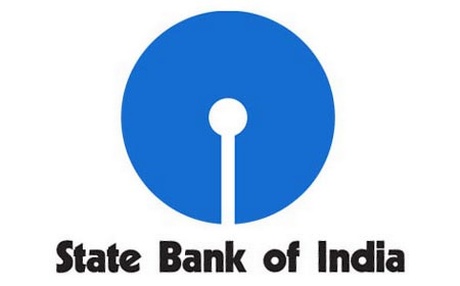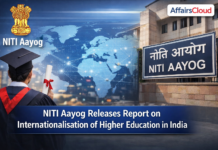Country’s largest commercial banking Giant State Bank of India (SBI) announced that they are “working on” its low-cost consumer touch model to compete with payments banks for getting access to people living in the remote areas.
- Arundhati Bhattacharya, Chairman of SBI said that the bank intends to do this by strengthening the business correspondent (BC) model.
- Low-cost business correspondent (BC) model to reach out to rural unbanked areas to compete with the upcoming payments banks.
- The bank already has 56,000 business correspondents, and another 500 will be added to the unbanked gram panchayats in West Bengal soon.
- SBI would be opening customer service points (CSPs) in unbanked panchayats and also train youth with minimum education so that they are able to operate a mobile phone, printer and a scanner.
Advantages of Payments Banks:
- Advantage which the payments banks would have over other banks is that they would be able to get access to remote parts of the country.
- Bhattacharya said there will be payments banks associate sitting in every second home in a village as their operational costs are lower compared to normal banks.
- The mobile wallet which SBI had recently launched, Buddy, would also work within the realm of a payments bank.
Disadvantages:
- The biggest disadvantage which the payments banks would have is that they would not be able to give loans as they do not have any history of the credit profile of their customers.
- Payments banks are only for small remittances and cannot give any loans.
Payments bank:
- A payments bank is a type of non-full service niche bank in India.
- A bank licensed as a payments bank can only receive deposits and provide remittances. It cannot carry out lending activities.
This type of bank was created to help India reach its financial inclusion targets. - This type of bank is targeted at migrant labourers, low income households, small businesses, and other unorganised sector entities.
- The minimum capital requirement is Rs 100 crore.
- The majority of the bank’s board of director should consist of independent directors, appointed according to RBI guidelines.
The banks will be licensed as payments banks under Section 22 of the Banking Regulation Act, 1949 and will be registered as public limited company under the Companies Act, 2013.
AffairsCloud Recommends Oliveboard Mock Test
AffairsCloud Ebook - Support Us to Grow
Govt Jobs by Category
Bank Jobs Notification





